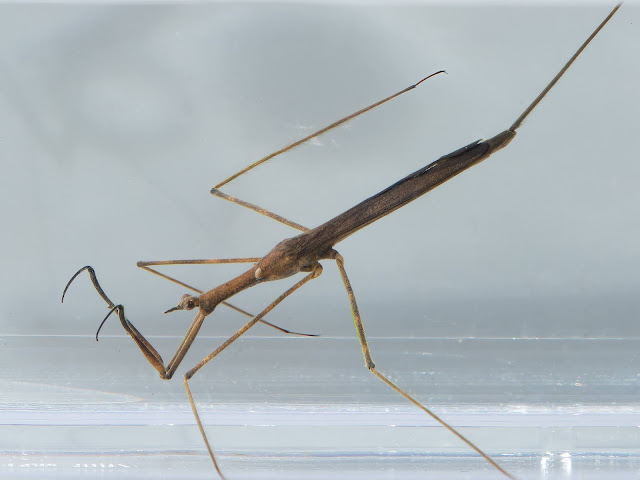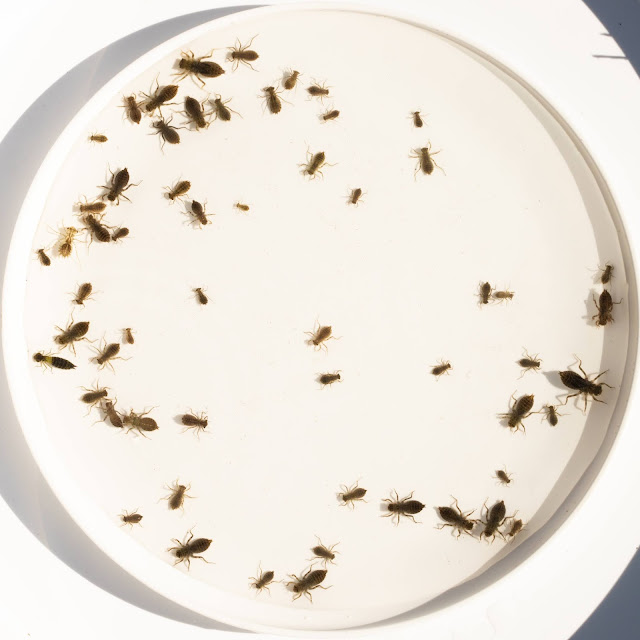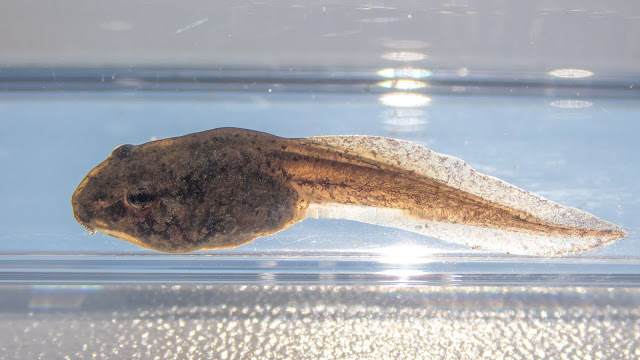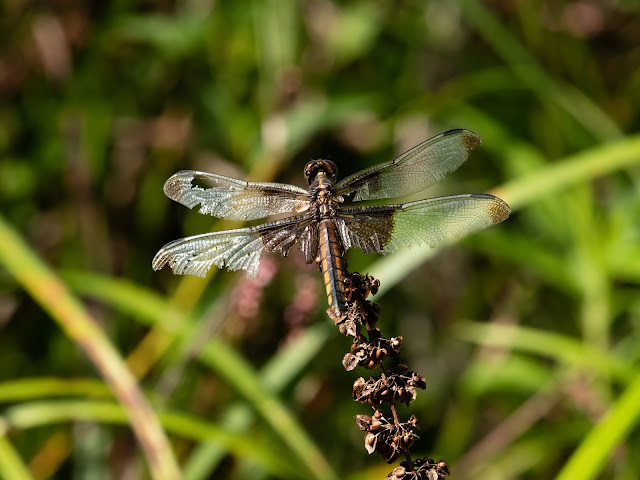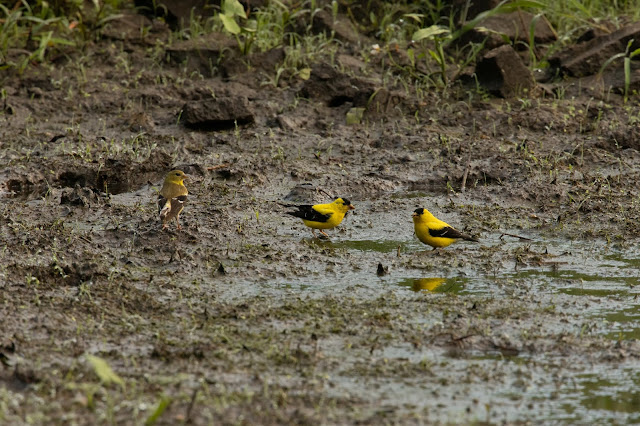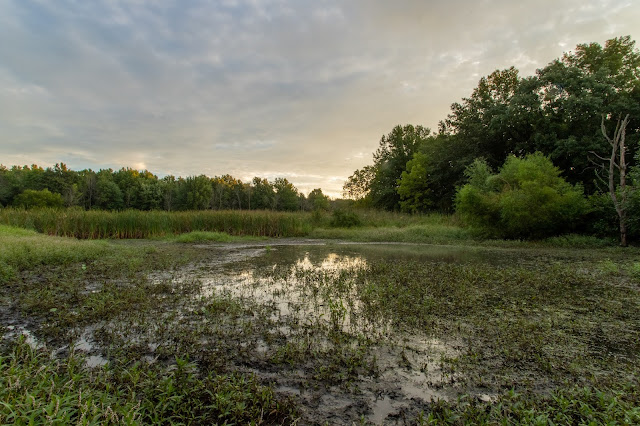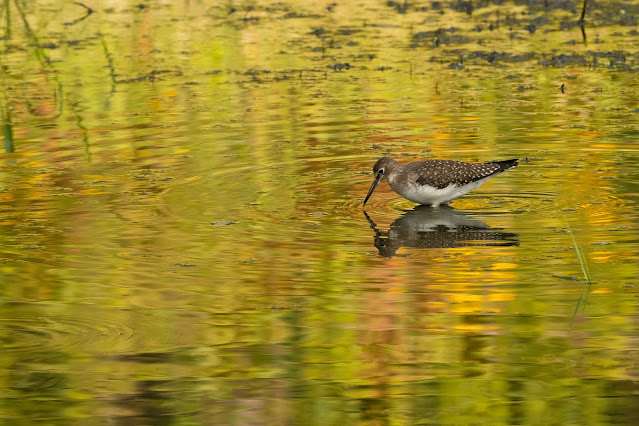Here Today, Gone Tomorrow

Common Whitetail Dragonfly Naiad, Homer Lake Wetland, September 25, 2021 When I visited the wetland on Saturday, in addition to a photoshoot with a water scorpion , I was looking at what else was still moving around in the water. Mostly at this point it was dragonfly naiads. A couple of scoops with a metal strainer into the shallow water and mud produced about a dozen of them. Most of them, like the one above, were nearing the stage where they would emerge from the water and emerge from their old exoskeletons as adult dragonflies, but not quite yet... When I came back on Sunday afternoon for a brief visit, there was no more standing water. While it's again possible some of the dragonfly naiads will have escaped into the mud and will survive a while, many of them, like the one pictured below, did not. And those that made it into the mud are not likely to survive the winter to emerge next year. These species normally overwinter in the water and are not adapted for surviving the dryin
